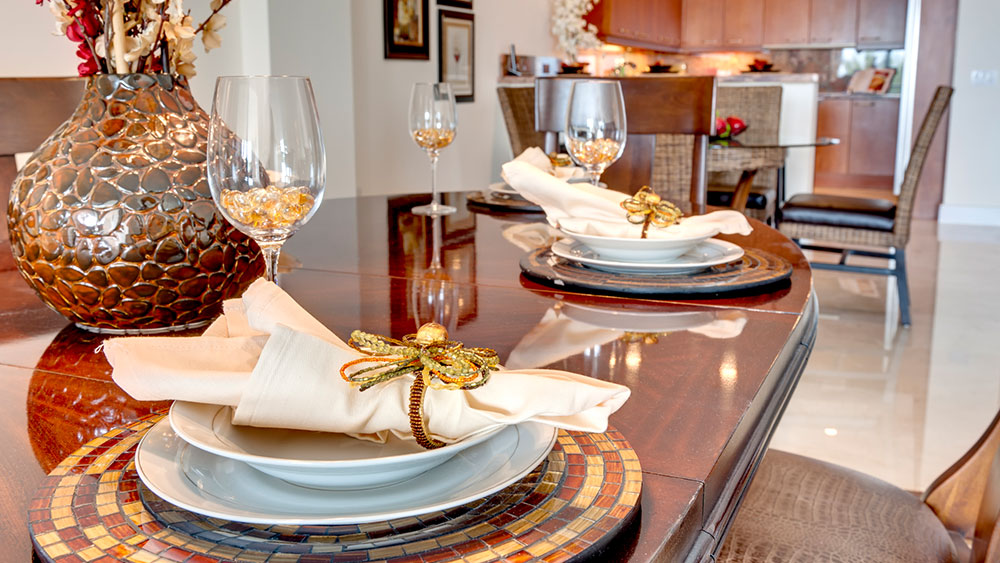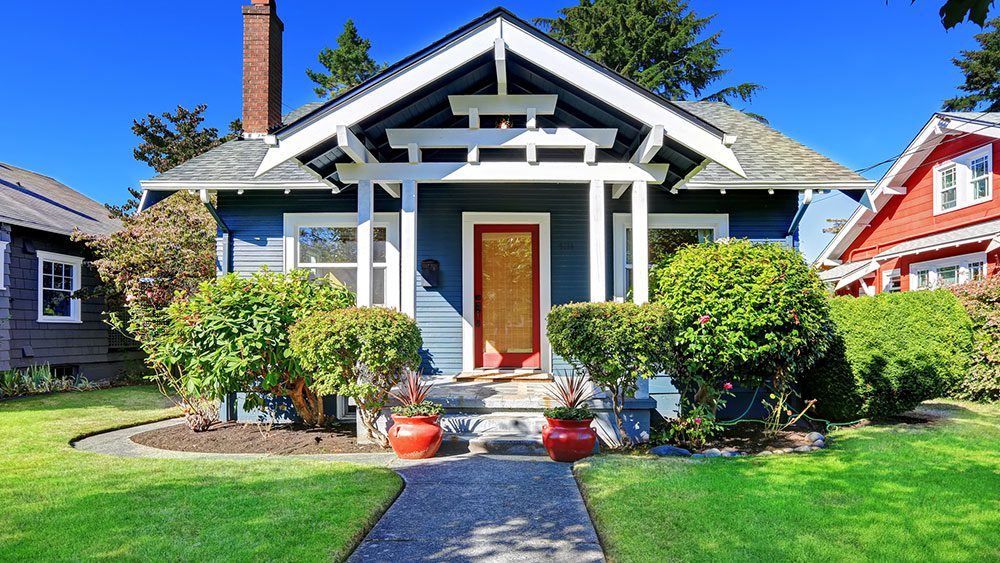
Staging a home will help it sell faster and for a higher price. However, home staging is more than just cleaning, straightening, and rearranging the furniture. Home staging is a way to showcase your home’s best assets to make it appealing to the broadest range of potential buyers. Think of staging as dressing your home to sell, helping potential buyers see themselves living in the home, and making happy memories.
Benefits of Staging a Home
Different from home decorating, proper home staging will make your home’s most impressive features stand out. It can also make your home appear bigger and brighter. According to the National Association of Realtors (NAR) 2019 Home Staging report, 83% of the buyer’s agents said that home staging makes it easier for buyers to visualize the property as their own.
Staging involves creating an environment that homebuyers can see themselves living in and can help facilitate a speedy sale for top dollar. On average, a staged home sells 73% faster than a non-staged home. In addition, a 2020 survey by the Real Estate Staging Association found that the vast majority of sellers who invest just 1% of their list price into staging had a return of 5% to 15% over the asking price.
Staging Tips: Where to Start
Staging begins with a deep cleaning, so every square inch of the home shines. A clean home signals that you’ve put effort into maintaining the property to buyers. You will also want to make minor repairs while taking care of tiny nicks and scratches that potential buyers might interpret as neglect.
-
- Clean out closets. Don’t use closets as a place to “hide” things. No matter how big the closet may be, if it is jam-packed, it will look small.
-
- Thin out shelves. Packed shelves can be a turn-off. If you have books lining every shelf, pack some away. Try to keep shelves 50-75% empty.
-
- Clear off countertops. There should only be a few things on kitchen and bathroom countertops. Leave only minimal decorative items on the kitchen countertops, such as a flower arrangement, plant, or apothecary jar filled with accents like beans or noodles.
-
- Declutter your décor. It is best to do some visual decluttering of patterns, color, and furniture.
Keep in mind that home staging is different from home decorating. Staging should help buyers imagine living in the home with their furniture and decorating preferences. So after your home is staged, it may look very different than before staging.
DIY Staging Tips
Fortunately, many of the best staging tips don’t require spending much money. Here are five tips anyone can do to help their home sell.
-
- Stage the important rooms. It’s not necessary to stage every room. Instead, focus on the rooms that have the most significant potential to influence buyers’ decisions. The NAR report indicates the most important rooms for buyers are the living room, master bedroom, and kitchen. Don’t worry as much about guests’ and children’s bedrooms and bathrooms.
-
- De-personalize the space. Help prospective buyers connect with the property and visualize the space as their own. You want the home to have style and charm, but it should be devoid of personal touches that suggest this home belongs to you. For example, remove personal photos and anything that’s hanging on your fridge.
-
- Open up rooms. Rearrange the furniture so there is as much open, walkable space as possible. Put extraneous furniture in storage to get it out of the way. Focus on removing oversized or damaged pieces and any that don’t match the rest of the room. Arrange remaining furniture to make the room look and feel spacious.
-
- Neutral colors. The best colors to consider when staging a home are neutral colors like gray, white, and taupe. Bold colors tend to distract from a room’s assets. Although changing the color pallet of the home to neutral colors can be more expensive, it can make a significant difference in the sale price and time on the market.
-
- Plenty of light. Brighten rooms up by allowing in as much light as possible. Light helps make rooms seem larger. Open the blinds on all of the windows. If your yard needs some work, keep the blinds down but open the slats, so you don’t accidentally showcase a problem area. Turn on all the lights in your house during showings, including lamps and closet lights. Besides making your home seem more welcoming, it also saves buyers from figuring out which switch turns on which light.
Professional Stagers
Professional stagers are skilled artists who can create an appealing and inviting atmosphere in a room. The secrets to their success are subtle details that create a cohesive and pleasant experience for potential buyers walking through a home.
A professional home stager can arrange the homeowner’s furniture and personal items and, if needed, bring in rented items to complete a room. Most listing agents agree that a vacant house shows better furnished by a professional stager because nothing seems lonelier than an empty house.
Prices for professional home stagers vary. Their fees are based on square footage, the number of rooms staged, and the number of staging items that need to be rented.
When it’s time to find a stager, ask your real estate agent to recommend someone. Realtors tend to develop long-term business relationships with the best stagers. Plus, your agents can be a good source of information if you decide to stage the home yourself.
Closing Points
Home staging can pay off big time for the seller, resulting in your home selling faster and for a higher price.
You can stage the home on a large or small scale. The important thing is to strategically stage your home so that potential buyers see your property meeting all of their needs and desires while happily living in the home.
Additional Resources
A Brief History of Home Staging (Red House Staging and Interiors)2019 Profile of Home Staging (National Association of Realtors)
10 of the Best Home Staging Tips (Moving.com)
© 2024 xpertRealtyMarketing.



